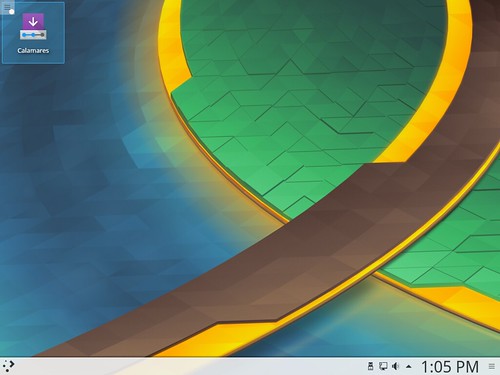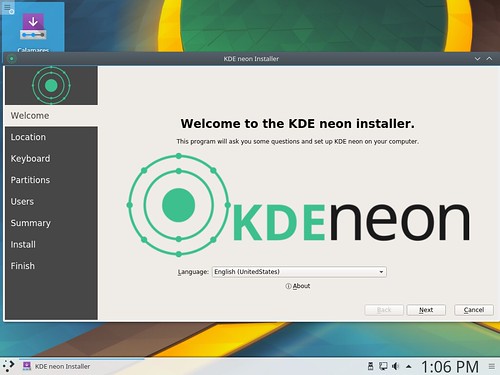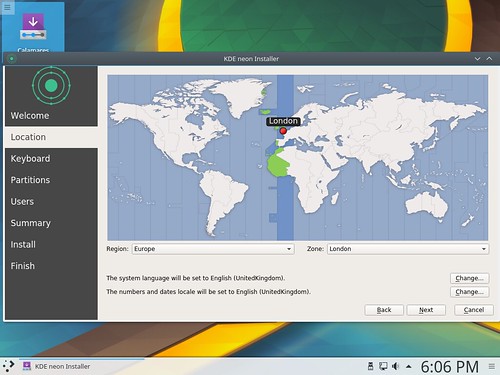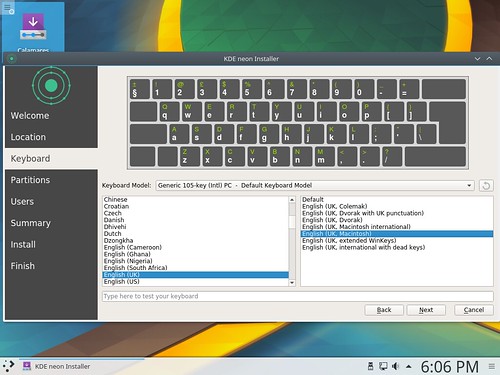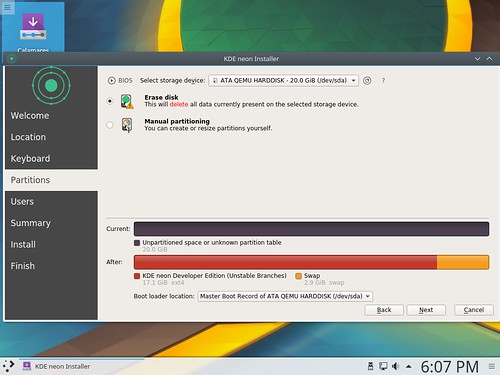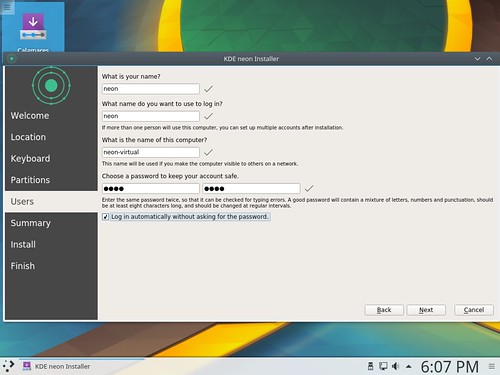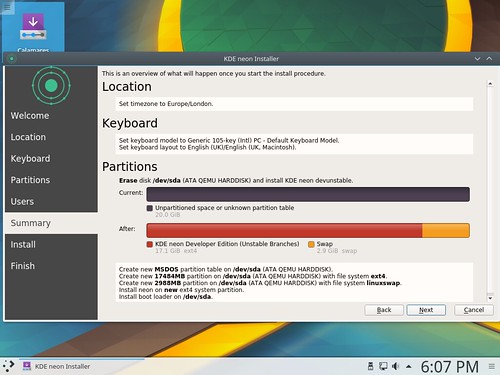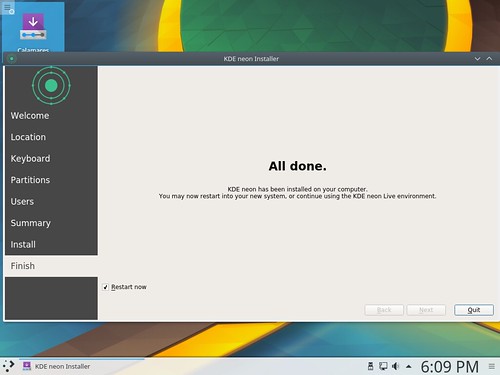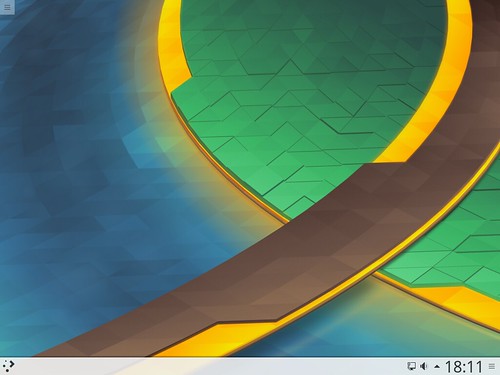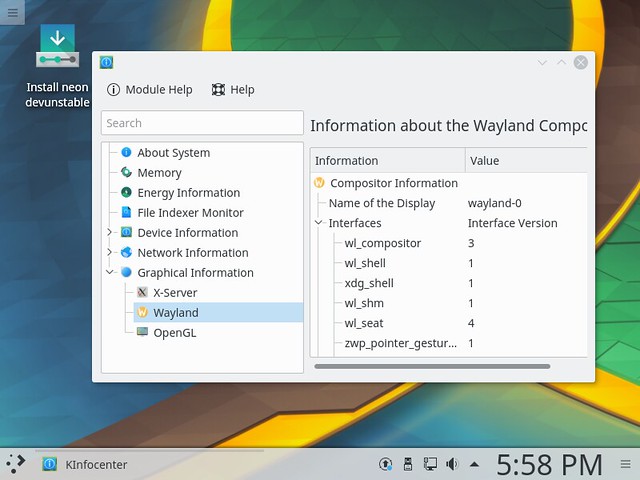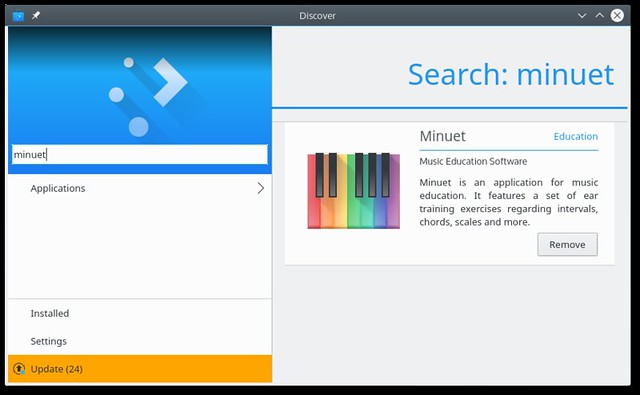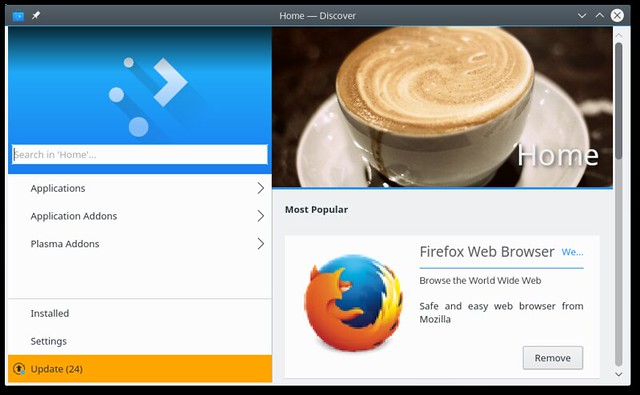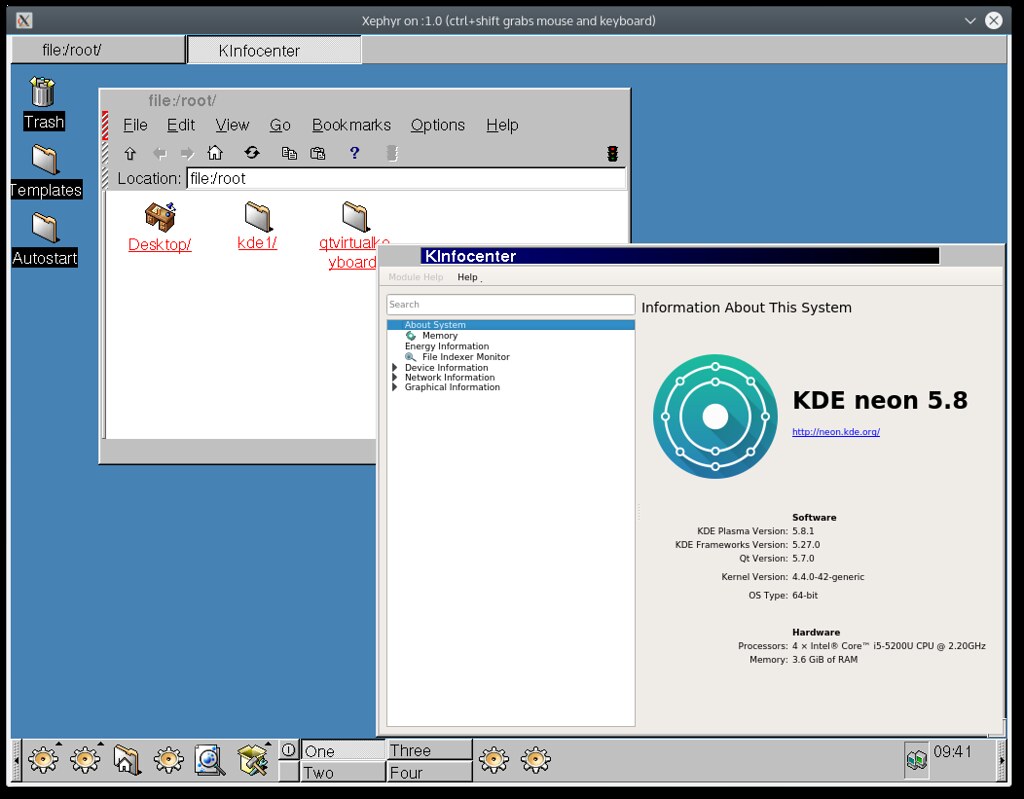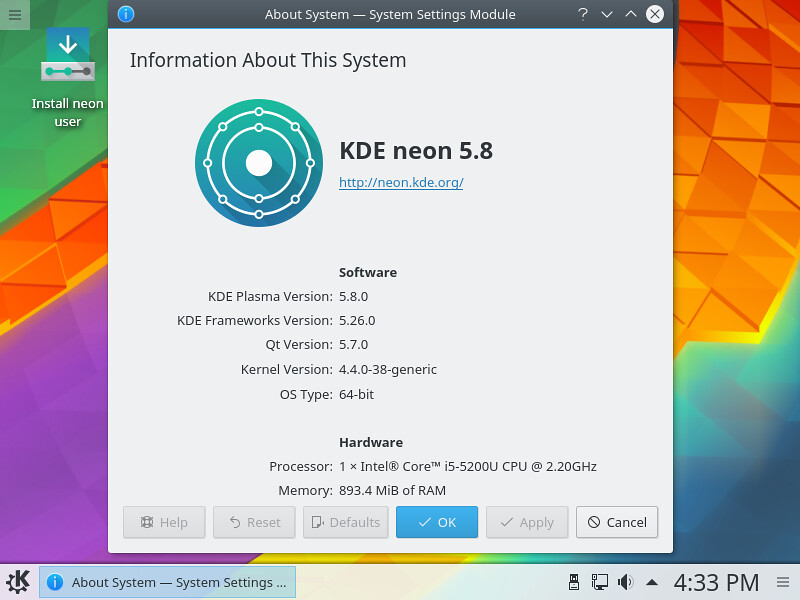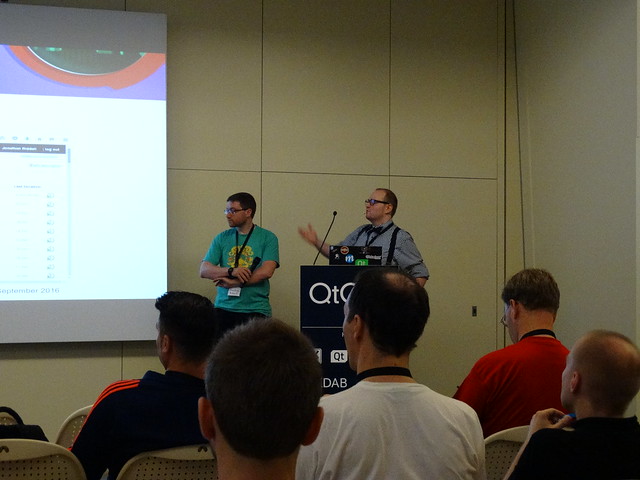There’s another election on Thursday called by a prime minister who thought she could increase her small majority in parliament and see off her rivals who will oppose her. Except that’s politics, you have an opposition. Theresa May’s dictatorial instinct has got worse during the campaign and she is now talking about removing human rights and banning encryption. She was home secretary for 6 years, in charge of MI5, GCHQ and English police, she has taken zero responsibility for the attacks that happened recently nor made the more valid point that there is nothing you can do to stop a determined person driving a van into people.
She was incharge of GCHQ which catalogues vulnerabilities in Windows and works with the NSA who create viruses used to attack systems in Iran (and probably elsewhere). These viruses were used to blackmail everyone in the UK by blocking our health records and other systems. There has been no political fallout from this which I’m astonished at. The responsibility lies with Theresa May and she’s getting away with her incompetence.
But this election is primarily about one issue so important it has created its own ugly word, Brexit. Our freedoms will be taken away. I should have the freedom to go to Barcelona and Guadeloupe just as I would to Glasgow or London. That will be removed. All the political parties have let us down by letting the isolationist nationalism of Brexit persuade people that somehow removing freedoms and mis-aligning regulations will improve their quality of life. It will not. Paperwork will increase, taxes will go up to pay for the bill, rights will be removed. None of the parties have even vaguely said how they will pay for the EU bill or get their magic free-trade deal or why that’s a good thing without the necessary regulation.
The SNP is the only party offering a realistic alternative to Brexit. An independent Scotland would continue with a strong relationship with rUK and the EU same as Ireland can. We need a referendum and I’m looking forward to it. London will try to block it in an undemocratic repressive move, a sign of things to come under a Tory government.
Labour want a hard Brexit same as the Tories. They want to waste money on vanity projects like nuclear bombs same as Tories. It is very pleasing to see the English get a genuine economic alternative for the first time in my adult life. But it doesn’t forgive for their destructive Brexit nationalism.
The Lib Dems have the nonsense situation of wanting a second referendum on EU membership but not on Scottish independence. They were government for 5 years in charge of GCHQ organising mass surveillance. They aren’t liberal or democratic.
And the Greens don’t have a hope to win and will just split the vote. The nonsense first-past-the-post system doesn’t make it sensible to vote for them (or ‘us’, I’m a member).
The Tories will win in the UK. The SNP will win in Scotland. The Tories will claim the SNP doesn’t have a mandate for a referendum despite already having one and everything will get very Catalan. Ara es l’hora.
Modern elections are weird, they are won by spending thousands and millions on Facebook adverts which can target swing voters in swing constituencies. The party (or referendum campaign) with the most money can buy the most adverts and wins. Except for the SNP who win by offering the best choice, we can be proud of that.

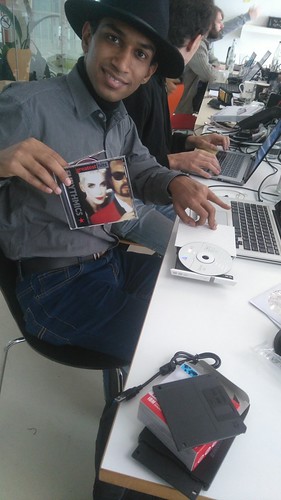
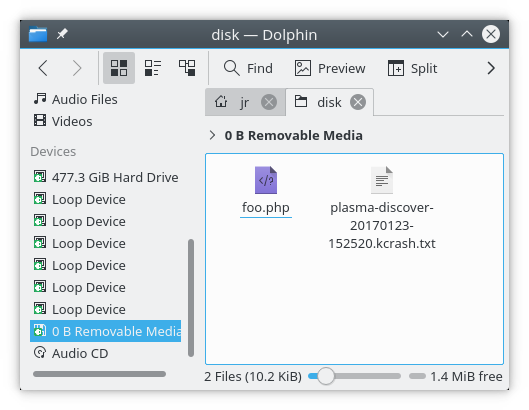

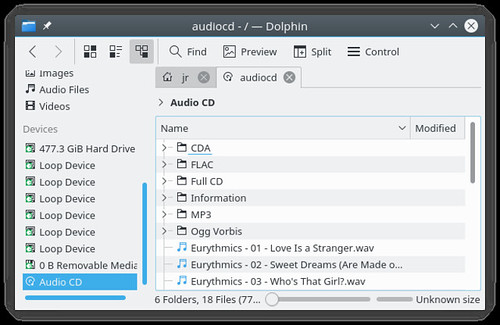

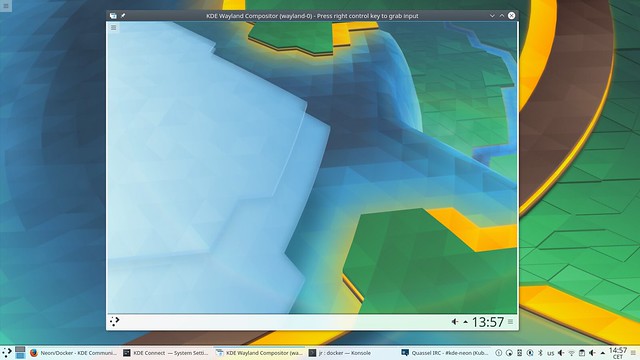
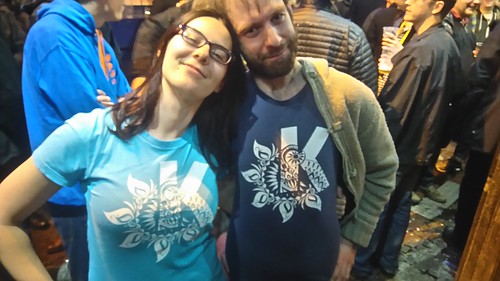 KDE and Gnome looking good at the Friday beer event
KDE and Gnome looking good at the Friday beer event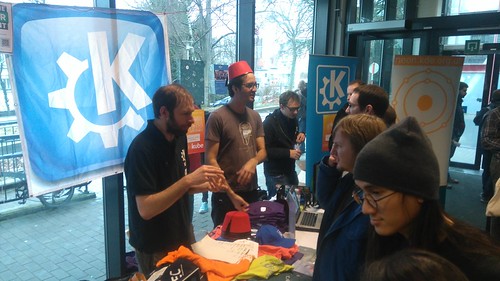 Busy busy on the KDE stall
Busy busy on the KDE stall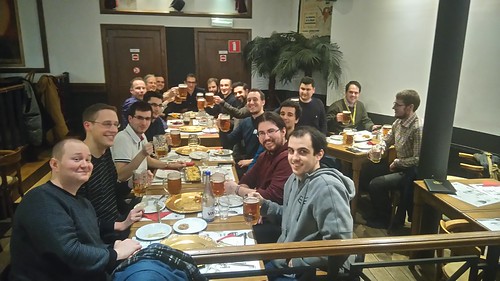 Food and drinks at the KDE Slimbook release party.
Food and drinks at the KDE Slimbook release party.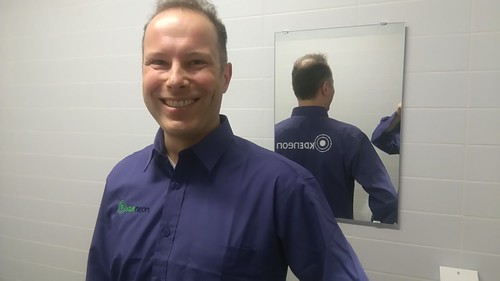 KDE neon goes smart
KDE neon goes smart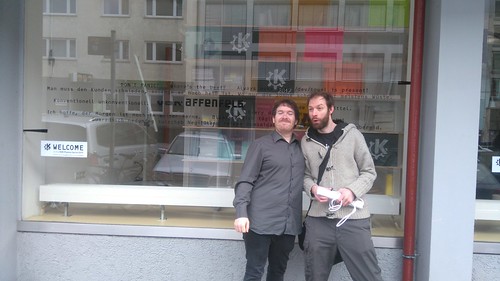 After a road trip into the forest of baden württemberg we arrived at the KDE Plasma Sprint
After a road trip into the forest of baden württemberg we arrived at the KDE Plasma Sprint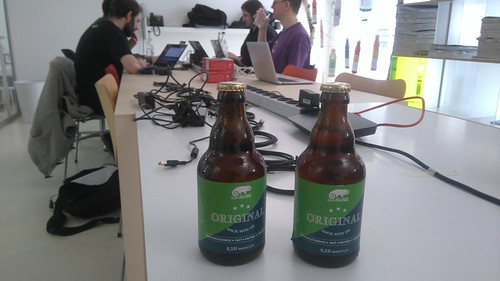 Plasma Sprint also sponsored by openSUSE
Plasma Sprint also sponsored by openSUSE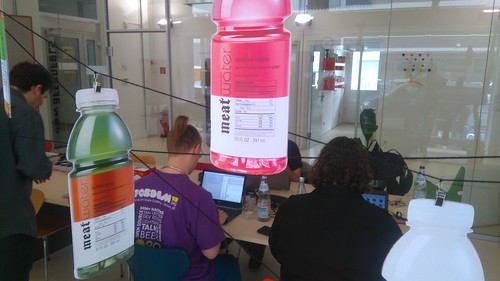 Plasma Sprint also sponsored by Meat Water
Plasma Sprint also sponsored by Meat Water Plasma Sprint also sponsored by Kai Uwe’s mum
Plasma Sprint also sponsored by Kai Uwe’s mum